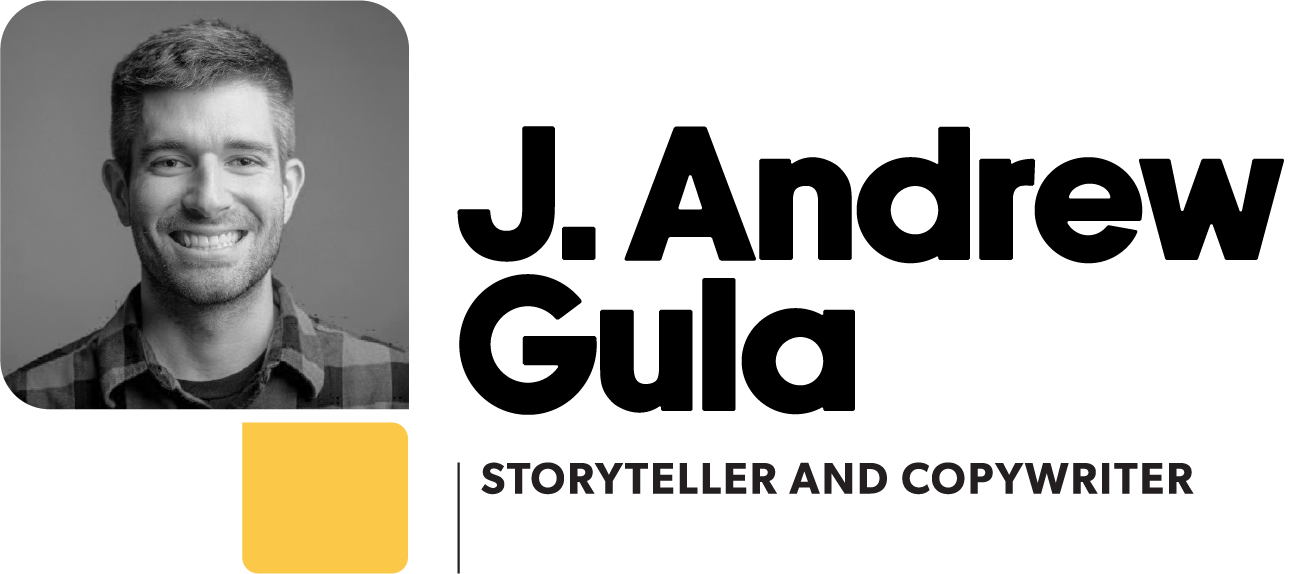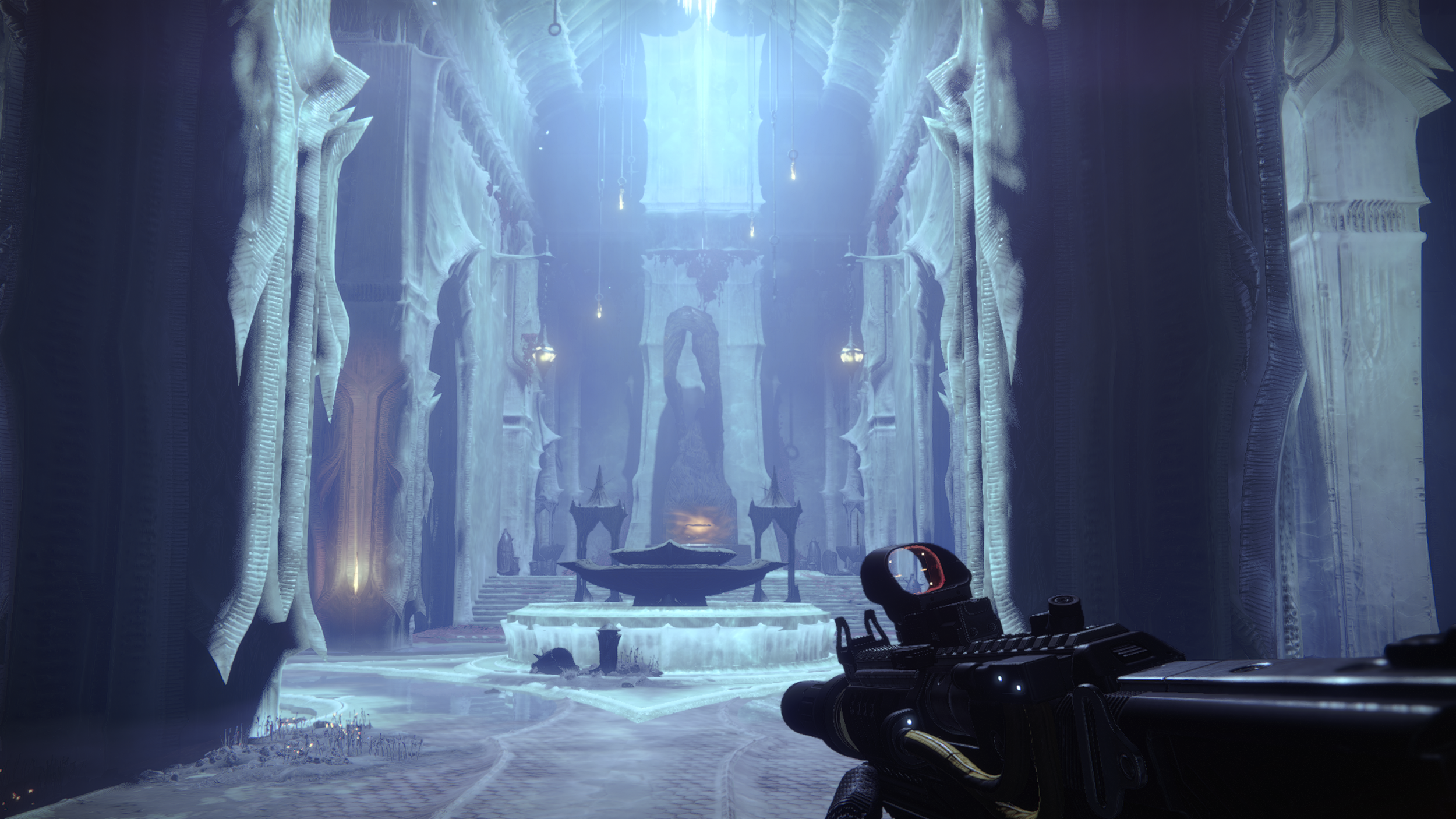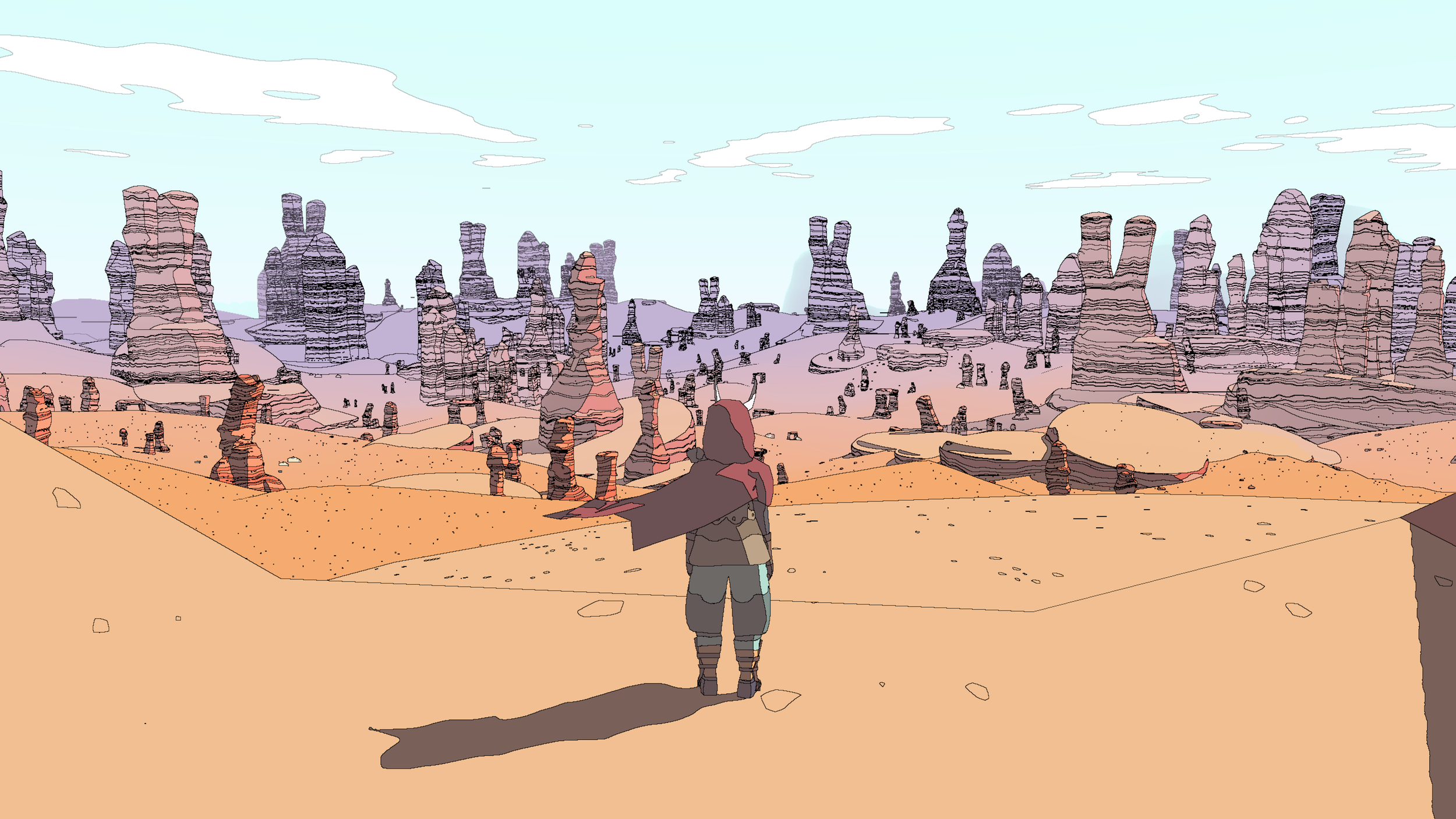Forward Motion, Or How To Set Goals (And Mostly See Them Through)
As a whole, 2022 has felt like a year of big transitions. Changing how I take care of myself, thinking about my career future (and Kim’s), and shifting more attention to Graham as he gets older and more active.
But it’s smaller transitions too. My blog writing has dropped off, my gaming has dropped off, my interest in a lot of my hobbies have dropped off… It’s not a sense of apathy or a lack of interest. I think it’s more a subconscious effort, of me wanting to get the most out of my time. If I’ve got a limited amount of time or focus to spend on things I like, I need to make sure that the things I do dedicate time to are the things that give me the most fulfillment.
It’s kind of funny. Kim and I went through the Marie Kondo show on Netflix a few years ago; while it liberated us to throw out stuff without guilt, it didn’t change much about our day-to-day life. It’s only now, as fatherhood (and adulthood in general) becomes a greater focus, that I’m really starting to observe and rely on Marie Kondo’s principles.
A practice in mindfulness
Part of my personal growth focus this year has been trying to get back to meditation. Not as a religious practice or anything like that, but more as a way to become more self-aware and capable of handling stress or discomfort in a healthier way. (In other words, “How to make sure all the bad stuff that’s happened this year doesn’t negatively affect my family.”)
One core teaching for a lot of mindfulness practice is not holding onto the things that don’t bring joy. For starters, “not holding on” is not the same as “letting go.” Most people have a tendency to cling to things for too long, whether that’s from nostalgia or a sense of obligation; “letting go” feels freeing, while “not holding on” feels like making a strong, difficult choice.
I am the kind of person who feels compelled to finish anything I start. It’s why I’m so hesitant to start things without a lot of research, and why I often get obsessed with the things that I do invest time in. So convincing myself to stop holding onto things or placing an unspoken obligation on myself has been a work in progress for a long time.
While Marie Kondo applied that mindset to physical possessions — throwing out any item or article that doesn’t give you joy — mindfulness applies it to everything. Relationships. Hobbies or activities. Exercises or activities. Foods or drinks. You get the idea.
This sort of lifestyle is liberating in a big way. And as I spend less time getting sucked into pointless Reddit arguments, listening to podcast episodes that bore me, or finishing a book/game/show that’s lost its appeal, I get more time to spend on the stuff that does bring me fulfillment. It’s an easy way to draw more joy out of everything, and that makes it easier to be content with life, even when things go wrong.
I can’t control everything, despite the fact that I’m a somewhat compulsive control freak; coming to terms with that fact is an undertaking all on its own. But while I can’t control everything in my life, I can make sure that the stuff in my control are things that make me a happier, healthier, and more wholesome person.
How to set goals
Now, the entire point of this post was about how to set goals (and mostly see them through). In other words, it felt important to at least lay out some ground rules so you can set expectations for how things will be around this space.
After a whole lot of work to rebuild a lot of the old pages on this website, I feel completely re-invested into my blog and making an effort to post. There’s a lot of things worth sharing about Graham as he keeps growing up, our family life, and other Gulagram-related content.
I mentioned earlier that I’m not playing as many games, but still playing quite a lot of them. So while I definitely don’t plan to write as many reviews, I want to get back to my indie spotlight series and trying to interview developers behind the indie games I love. But obviously that depends on both the time I have to play, the number of indies I buy, and how accessible the developers are for interviews…but I have a list of around a dozen ones I’d like to arrange.
However, I’ll at least break down my game rotation for earlier this spring and now this summer:
The time sink game I keep playing without knowing why: Stardew Valley this spring, then The Sims 4, and now Crusader Kings 3.
The competitive multiplayer game I enjoy with friends: For a long time, this was Halo Infinite. But lately it’s become Destiny 2 (because Lord knows I can’t stay away from Destiny for the life of me).
The indie gems I play once or twice a week: I’ve been slowly chipping away at Sable for the past few months, and I’m on my fourth attempt to play through Hollow Knight.
The big, meaty roleplaying game I enjoy for 100 hours: I’ve been replaying the Dragon Age games. Not sure why, but I’m happy to enjoy one of my favorite series again.
And that’s pretty much it…which I’m sure is a long-sounding list for a lot of you. But it’s been a good balance for me, rather than blasting through an indie game every few days and logging 20 hours into Destiny every week. It’s more like “2-3 hours a night, and 3-4 nights a week” instead.
Writing plans for the rest of 2022
Now, the writing goals and how I’ll see them through.
One of my 2022 resolutions was to get back to writing. I spent the spring thinking about it, and planning for it. And then I spent June worldbuilding again, only to pivot completely in July and start writing a short story in my No Room in the Sky universe. (Surprise, surprise.)
Originally, my “official” goal was to write 50,000 words. I’m not entirely sure that’s still a viable plan, since I’m at around 6,000 goals after one month when my goal was 10,000 per month. So instead, I’m shifting the goal line to “finish this short story,” which I expect will be 20,000 or so words.
What’s next, though?
The obvious plan is to go back to the worldbuilding I started in the spring, put more time into that, and start writing a new novel set in that fantasy realm. I still have ideas for a rewrite of the finished-but-never-edited fourth SciFi novel, and I absolutely promise to get around to that. But my creative energy keeps coming back to the fantasy world, and I want to dive into that again.
It’s been a long, long time since I felt fully immersed in a fantasy world I was creating. I love reading good books and getting that experience, but there’s something wonderful — and sometimes overwhelming — about getting lost in a “blank slate” landscape with history to discover, mysteries to solve, and places to explore.
As a writer, when I hear that call, it’s hard to ignore it for long. It’s what pulled me into writing The Outlanders Trilogy during college, only for me to spend the following years working on No Room in the Sky while sending query after query to agents, editors, and publishers. But now I don’t have that weird, unspoken obsession with getting published “the traditional way” just to find that validation, to feel like I’d made it, like I was a success — a real author.
Now that I’m past that, and feeling the urge again… Well, who knows what will happen this time?




